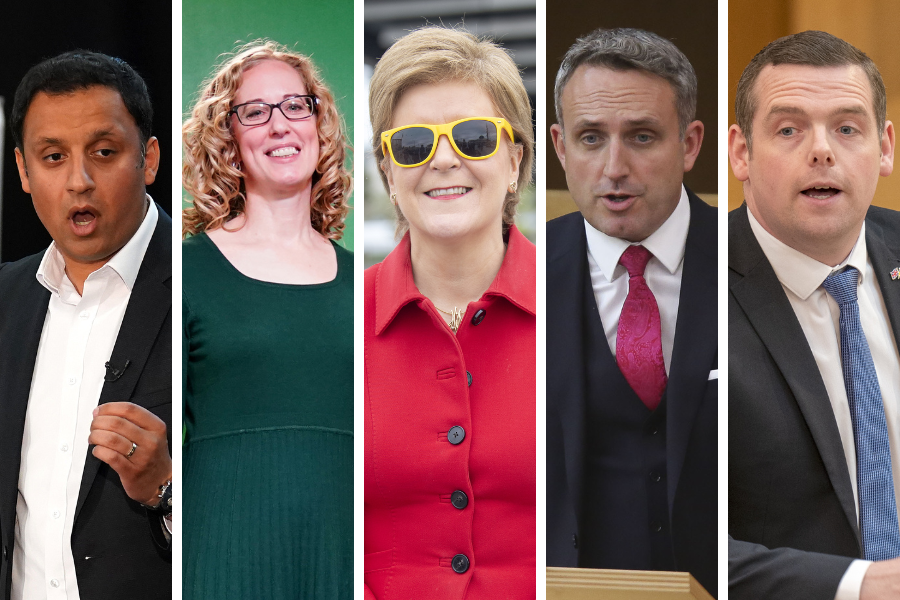
THE dust may have settled after Scotland’s council elections, but for the most part there is still a lot of work to be done before new administrations can be formed.
Up and down the country newly elected councillors will be negotiating and renegotiating with the aim of taking control of their local authority.
Local government relies on these inter-party relationships, and often the largest group may be locked out of power as smaller ones link up.
In 2017, the largest group on nine of Scotland’s 32 councils was not part of the ruling administration.
Scottish Labour leader Anas Sarwar has ruled out formal coalitions, and the SNP and Tories refuse to work with one another, but there are still a lot of deals to be struck.
WHAT’S NEXT FOR SCOTLAND’S COUNCILS?
Aberdeen City Council
Largest group: SNP, 20/45 seats.
In Aberdeen, the LibDems are kingmakers. Twenty-three seats are needed for a majority on the council – which had been controlled by a “Better Together” Tory-Labour coalition before the election. Those two parties now have a combined 19 seats on the council, meaning the LibDems' four seats could hand them a renewed Unionist majority. However, the SNP and LibDems have forged ties over their shared years in opposition. Whichever group manages to get the LibDems on side will claim power – and reports say their group leader has had talks with just about everyone in recent days.
Aberdeenshire Council
Largest group: Tories, 26/70 seats.
The Tories actually gained seats in Aberdeenshire, bucking the national trend. The largest group before the election is now even larger, and they look set to hold on to power. If the Tories can talk the 14 LibDems into a coalition they will have a majority on the council, where a Tory-LibDem coalition has ruled for much of the last decade. The 21 SNP members could split the council in half with the LibDems’ support, but close local ties suggest they will probably opt to avoid a coalition with the nationalists.
Angus Council
Largest group: SNP, 13/28 seats.
The SNP had a strong result in Angus, putting clear ground between them and the Tory group. The Conservatives who had run the council were plagued by scandal after scandal, but were propped up by their independent allies. Following the elections, the SNP managed to talk two independents, David Cheape and Brian Boyd, into a co-operation agreement. As such, the party will be taking over the running of Angus Council from the Tories.
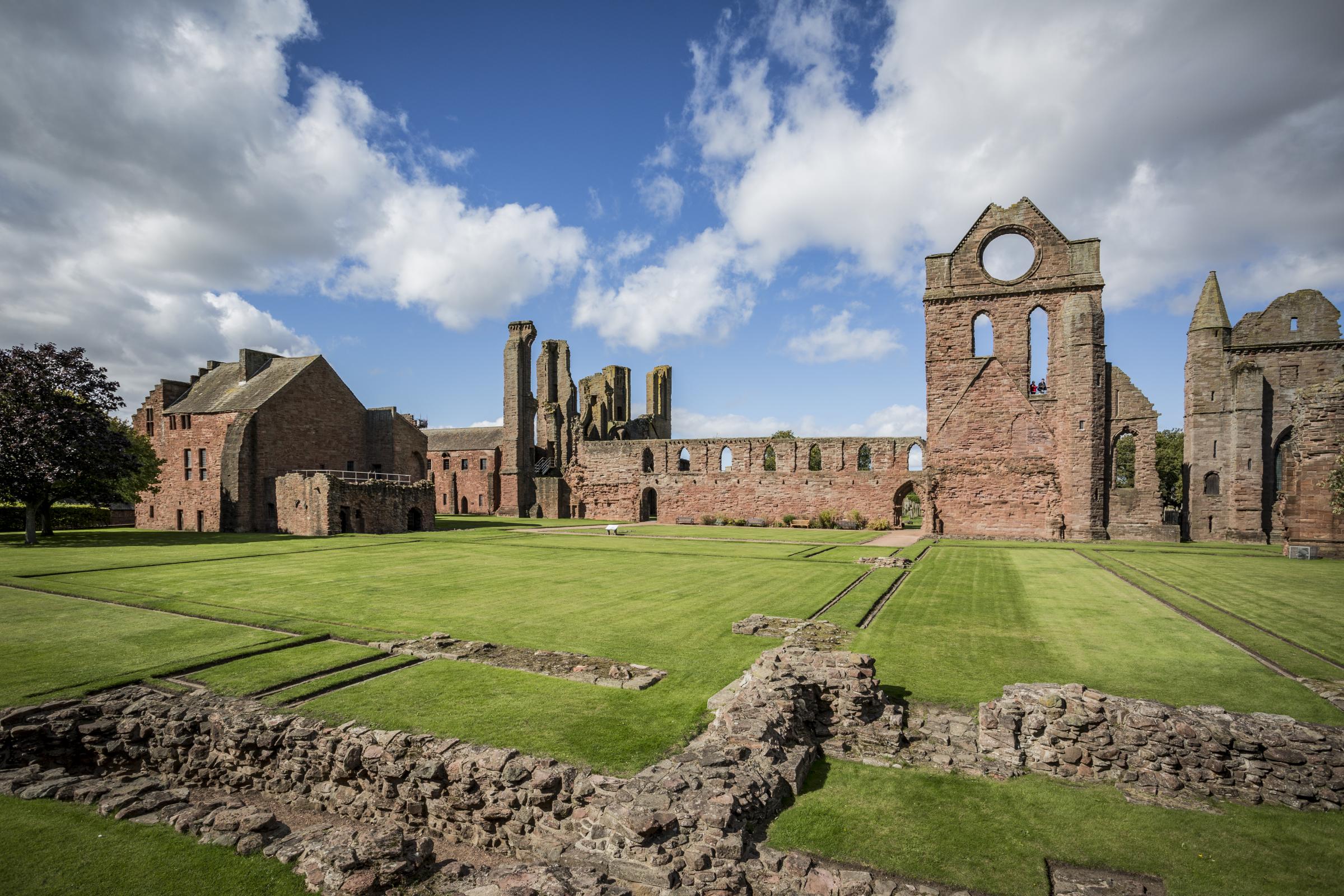
Argyll and Bute Council
Largest group: SNP, 12/36 seats.
The SNP are the largest group in Argyll and Bute, and are aiming to wrest power from the previous ruling coalition – a rainbow grouping of LibDems, Tories, and independents known as The Argyll, Lomond and the Islands Group (Talig). After winning a seat in each of the council’s 11 wards, the SNP are keen on taking power from this LibDem-led grouping and think they have a mandate to do so. However, a refreshed Talig may yet be able to pull a majority together again.
Clackmannanshire Council
Largest group: SNP, 9/18 seats.
The SNP managed to take half of all the seats on this small council, meaning they will be able to form an administration. Eight of the other 50% of the seats are held by Labour (five seats) and the Tories (three). As such, the SNP may struggle to get legislation through without the support of the newly elected Green, the first to ever win a seat in Clacks.
Comhairle nan Eilean Siar
Largest group: Independents, 20/29 seats.
The Western Isles Council saw its all-male tenure come to an end after the elections, with two women being elected for the SNP. However, the administration is likely to remain dominated by men, as no female independents were elected and they are by far the largest group. A repeat of an independent-led administration on Comhairle nan Eilean Siar seems a done deal.
Dumfries and Galloway Council
Largest group: Tories, 16/43 seats.
In Dumfries and Galloway, everything is on the table. The local Tories, the largest group, have said they’re open to a coalition with the SNP or Labour – something all three parties’ national leaders have explicitly ruled out in one way or another. The local SNP don’t seem keen either way. The LibDems have a single seat so might be welcomed into a ruling group but don’t hold much sway, but the six independents would be able to hand the Tories a majority if they all got onside. Who can take control of the council – which had been led by an SNP-Labour coalition – will be down to local negotiations.
Dundee City Council
Largest group: SNP, 15/29 seats.
One of only two councils in Scotland where negotiations will not be necessary, after the SNP managed to win majority control of the council. The SNP will form an administration in Dundee, but the usual churn of councillors may present a threat in the long-run. The loss of even a single member of the ruling group, for example at a by-election, could see their majority control of this council slip.
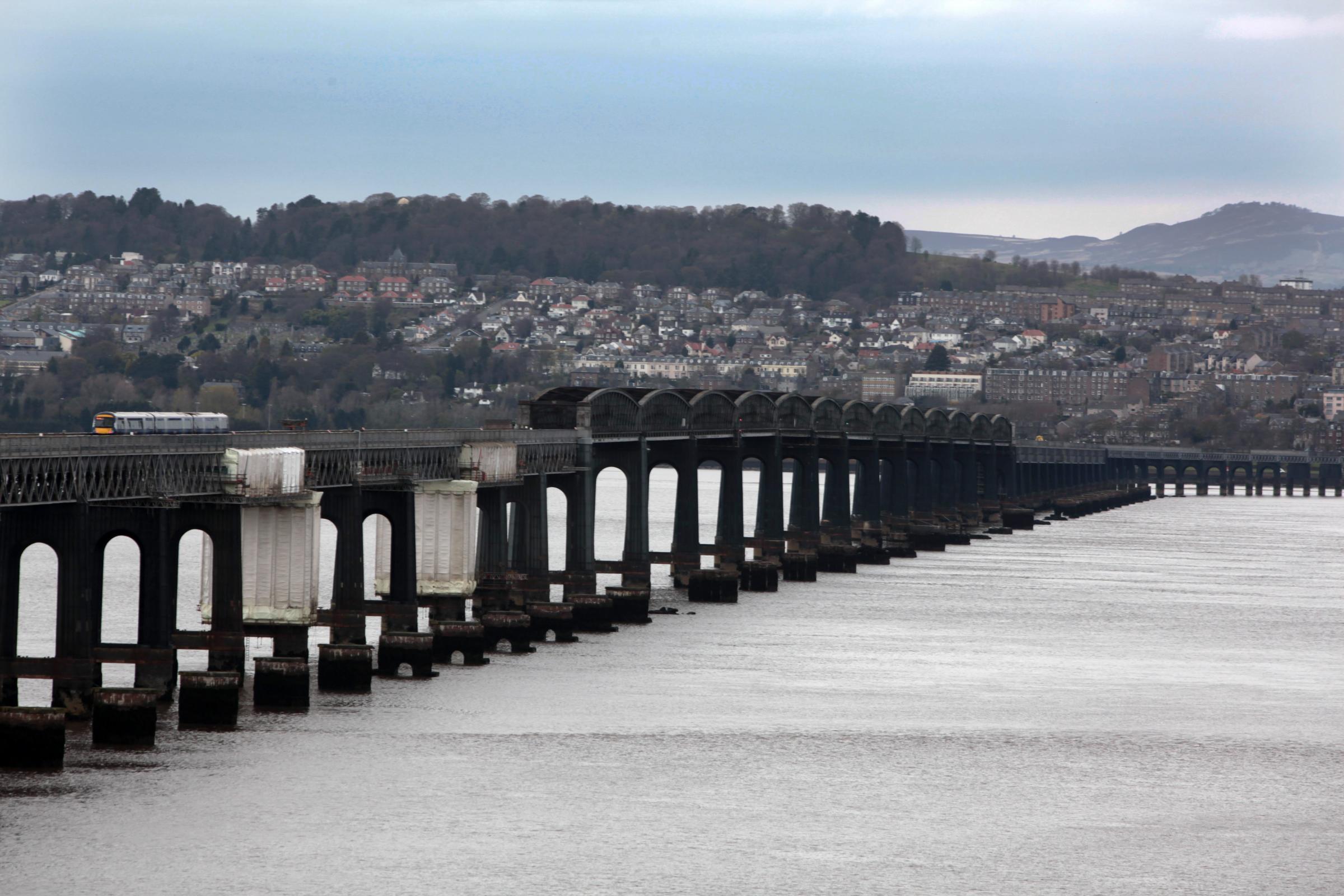
East Ayrshire Council
Largest group: SNP, 14/32 seats.
The SNP find themselves in a similar position to before the election, and will be looking to form another minority administration in East Ayrshire. However, a coalition of Tories (four councillors) and Labour would match their seat count. That might be unlikely however, as the Tories and SNP were in coalition after 2012, taking control away from Labour. More recently the local SNP group has leant on the Tories for support in an unofficial capacity, something which may be repeated.
East Dunbartonshire Council
Largest group: SNP, 8/22 seats.
The SNP are the largest group on the council which has been run by a LibDem-Tory coalition since late 2017. However, this time those two parties only have nine seats combined. Labour have four. This would allow either the SNP or the existing coalition to form an administration if they can get Scottish Labour on board, even unofficially.
East Lothian Council
Largest group: Labour, 10/22 seats.
Labour have been in control of East Lothian Council for the past five years and look set for another five after being returned as the largest group. The SNP have seven seats and the Greens one, meaning a coalition of Yes parties would still fall short of Labour’s total. The Tories make up the rest of the council with four seats, but are unlikely to be welcomed into a ruling group for the sake of a majority.
East Renfrewshire Council
Largest group: SNP, 6/18 seats.
The previous two terms have seen the SNP, in coalition with Labour and one independent, run East Renfrewshire Council. The Conservatives, who lost two seats and their place as the largest group in the elections, are expecting to remain locked out of power. The SNP’s local leader has confirmed talks are to take place about forming a new administration – despite the Scottish Labour leadership having ruled such a coalition out.
Edinburgh Council
Largest group: SNP, 19/63 seats.
A co-operation deal between the SNP and Labour had seen the former run a minority administration in Edinburgh before the elections, and rumours have suggested a repeat may be on the cards. The LibDems – who doubled their seat tally to win 12 to Labour’s 13 – have ruled out a coalition with the SNP. Scottish Labour’s leadership also ruling out “formal coalitions” has muddied the water, and the Greens are not an insignificant grouping with 10 councillors. Negotiations in the capital look set to run for a while yet.
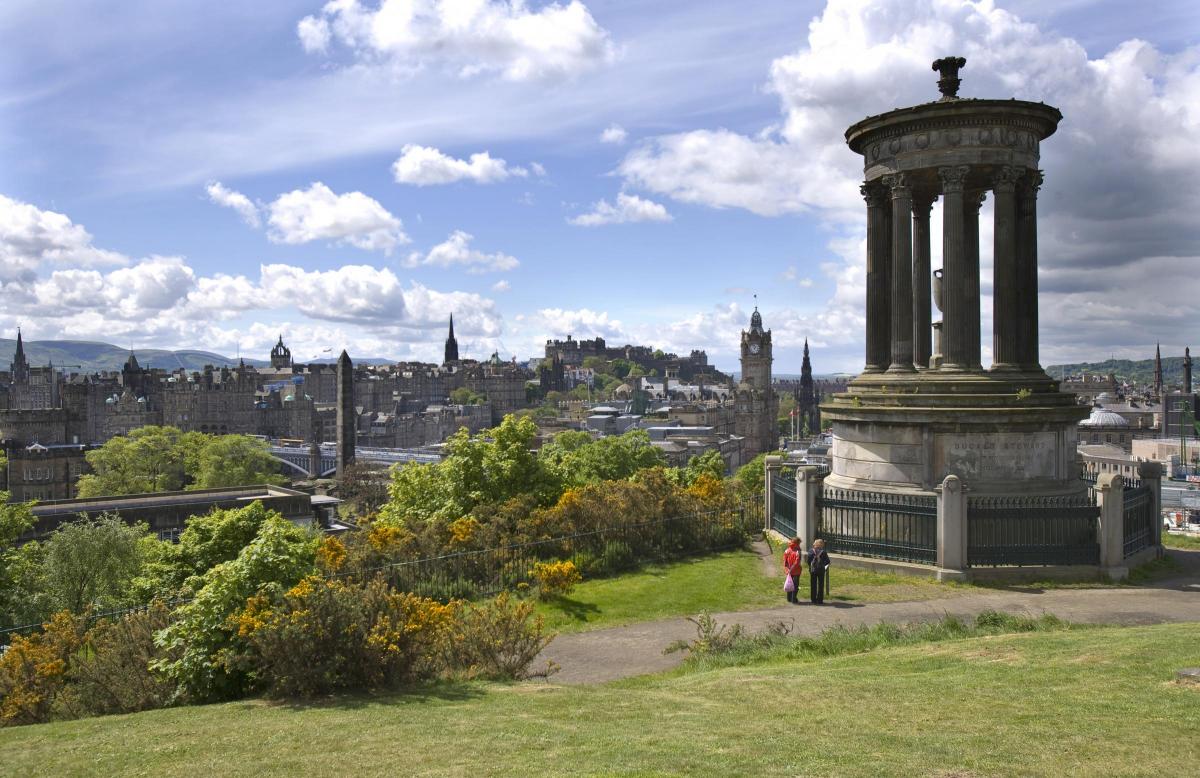
Falkirk Council
Largest group: SNP, 12/30 seats.
Nothing is certain in Falkirk, where a raft of new faces were elected across the board. The SNP could form a minority administration if they can get the four independents (or anyone else for that matter) to agree. The region has a history of being run by Tory-Labour coalitions, but that might be off the table this time around. As well as Scottish Labour’s “no formal coalitions” line, the two parties would be one seat short of a majority even if they clubbed together.
Fife Council
Largest group: SNP, 34/75 seats.
The SNP-Labour power-sharing agreement in place since 2017 has been ruled out in Fife thanks to Scottish Labour leader’s Anas Sarwar’s “no formal coalitions” line. The SNP are the largest group, and just four seats short of an overall majority. In theory, a deal with any party could put them over the line, but they won’t work with the Tories and Labour have been ruled out by their leader. As such, the LibDems, who have now 13 seats on the council, seem the party’s best bet of heading up a majority coalition.
Glasgow City Council
Largest group: SNP, 37/85 seats.
The SNP managed to hold on as the largest group in Scotland’s largest city, but they only pipped Labour to the post by a single seat. The Greens returned 10 councillors, meaning whoever out of the SNP or Labour got the group on side would be able to form an administration. However, Anas Sarwar seemed to scupper his own party’s chances almost immediately after the election, attacking the Greens on top of already having ruled out coalition deals. As such, the SNP look set to continue to hold control over the council.
Highland Council
Largest group: SNP, 22/74 seats.
For the first time, independents are not the largest group on Highland Council. The loss of seven seats has left the SNP as largest group without making any real gains. The chances of the SNP forming a minority administration are therefore good, although talks are still ongoing. Two Unionist parties, the LibDems with 15 seats and the Tories with 10, are not insignificant groups on the council.
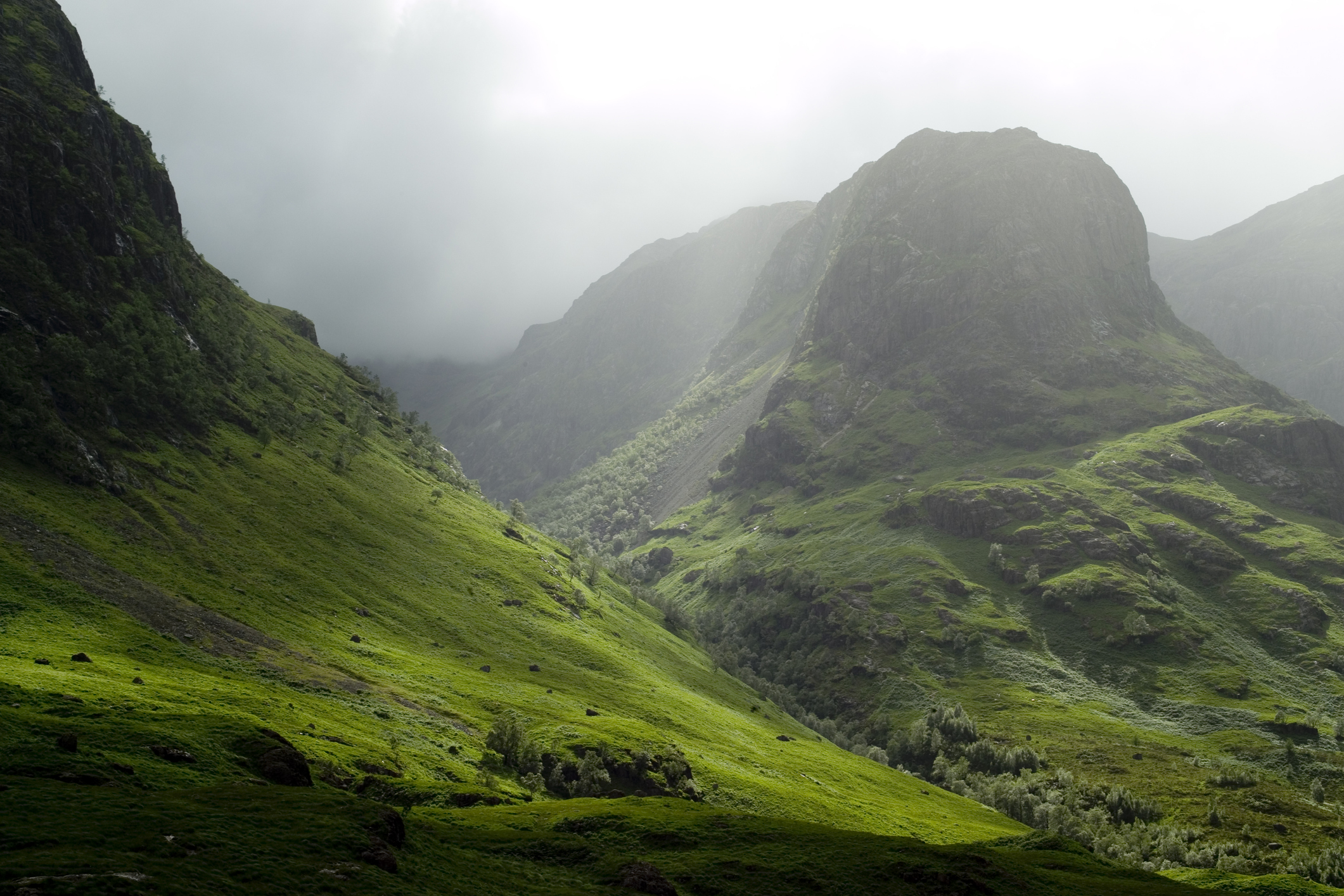
Inverclyde Council
Largest group: Labour, 9/22 seats.
Scottish Labour have controlled Inverclyde Council for 15 years and that doesn’t look likely to change after these most recent elections. The party was returned as the largest group, and their leader has publicly stated their intention of forming another minority administration. No other realistic coalition could command a majority. The Tories have just two seats, the SNP have eight, and there are three independents.
Midlothian Council
Largest group: SNP, 8/18 seats.
A Labour-Tory coalition would hold 10 seats, a majority on Midlothian Council, but the chances of such a deal being struck seem remote. Instead, the SNP look set to form a minority administration after Labour – who had run the council – conceded they would be looking to their opponents to “take the lead”. Talks are ongoing, but the rhetoric from the SNP and Labour locally speaks to a chance of close cooperation, if informally.
Moray Council
Largest group: Tories, 11/26 seats.
The Tories are the largest group on Moray Council after gaining three seats, but they fell short of a majority and the SNP fancy their chances of continuing to rule as a minority. The Greens and LibDems have one seat, Labour three, and independents two. Either the SNP or the Tories could take power with enough of these councillors on side, and talks have been ongoing. The SNP only controlled the council before the elections thanks to the cut of a deck of cards, and who will take control is as difficult to call this time around.
North Ayrshire Council
Largest group: SNP, 12/33 seats.
Labour had controlled North Ayrshire Council before the elections, but shock Tory gains dropped them into third place. The SNP might fancy their chances of a minority administration, as even getting the two independents on side would not be enough to hand any party a majority. A formal coalition between two parties would seem the only other option, but the chances of such a deal look slim.
North Lanarkshire Council
Largest group: SNP, 36/77 seats.
The SNP won the most seats on North Lanarkshire council, but Labour aren’t far behind with 32 councillors. Both parties had announced their intention to bid for control of the local authority, but Labour seem to have pipped the SNP to the post. Anas Sarwar's party has said it will try to form a minority administration like it had before the elections - but they could only gather enough votes with Tory support. The news led to accusations of backroom "Better Together" dealings.
Orkney Islands Council
Largest group: Independents, 19/21 seats.
The only party represented on Orkney Council is the Scottish Greens, who have two councillors. Other than that the local authority is dominated by independents, and independents will form the administration again.
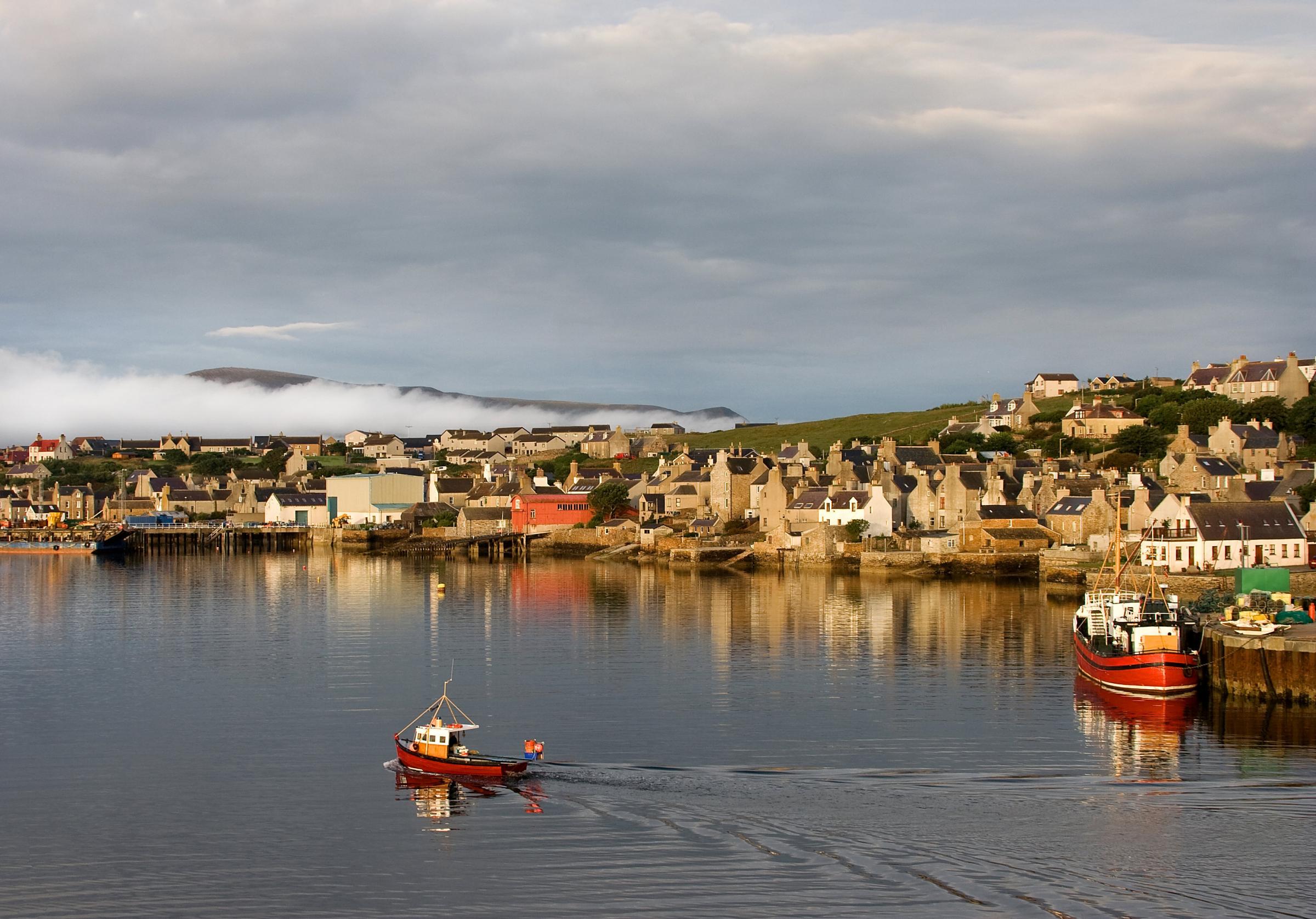
Perth and Kinross Council
Largest group: SNP, 16/40 seats.
The SNP made one gain here while the Tories lost three seats in Perth and Kinross. The relatively small seat change has had a big impact, with the council falling out of Conservative control. The SNP group has secured the support it needs among the four independents in order to form a minority administration.
Renfrewshire Council
Largest group: SNP, 21/43 seats.
The SNP are just one short of the 22 seats needed for a majority in Renfrewshire. They are expected to comfortably form a minority administration, as they had before the elections. The group returned more councillors, so their position is actually more secure. Labour (15), the Tories (5), and the LibDems (1) would all need to band together to match the SNP’s seat count. There is also one independent on the council, who would hold the deciding vote in such a situation.
Scottish Borders Council
Largest group: Tories, 14/34 seats.
The Tories remained the largest party in the Borders despite losing 11% of their vote and one seat. They had ruled in a coalition with independents before the elections, and the seven seats held by that group would be more than sufficient to do so again. The Tories have said they are also in talks with local LibDems, whose three seats would allow them to hold half of all the council’s votes.
Shetland Islands Council
Largest group: Independents, 19/23 seats.
Like Scotland’s other island councils, Orkney and Comhairle Nan Eilean Siar, Shetland is dominated by independents. There are representatives from the SNP (1), Greens (1), and Labour (1) who won seats, but nothing like the numbers needed to topple the comfortable independent administration.
South Ayrshire Council
Largest group: Tories, 10/28 seats.
The Conservatives managed to remain the largest party in South Ayrshire, but they face another term in opposition if the SNP and Labour strike a new coalition deal. Combined, the two parties have 14 seats, and they have worked together in the past. However, Scottish Labour leader Anas Sarwar’s “no formal coalitions” line might hand the Tories the chance to form a minority administration, if it holds up.
South Lanarkshire Council
Largest group: SNP, 27/64 seats.
The SNP has led a minority administration in South Lanarkshire for the past five years and will fancy its chances of doing so again. Only the Tories and Labour have enough seats to form a majority coalition with the party, but neither party looks likely to. There are also three LibDems, a Green, and two independents on the council. There will be a lot of backroom talks before a deal is struck.
Stirling Council
Largest group: SNP, 8/23 seats.
Stirling Council is quite evenly split between the three largest parties. The SNP are the biggest group with eight councillors, but the Tories have seven and Labour six. A coalition between the two Unionist parties – as has happened before – would yield a majority. However, the SNP and Labour formed an administration together in 2017. Scottish Labour leader Anas Sarwar’s “no formal coalitions” line may interfere with any of this happening again, and result in a very small SNP minority administration.
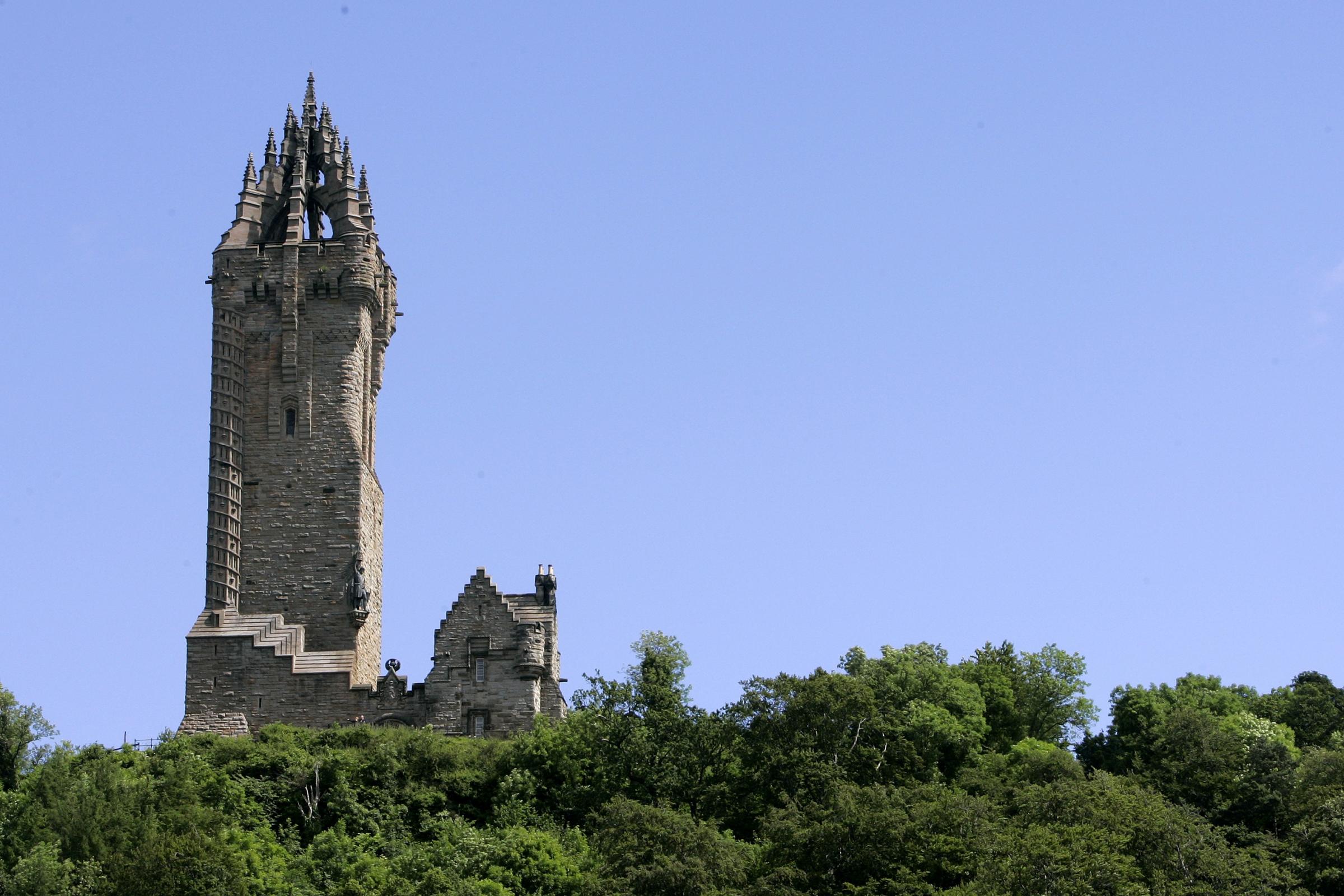
West Dunbartonshire Council
Largest group: Labour, 12/22 seats.
Scottish Labour managed to take majority control of West Dunbartonshire Council and will be forming an administration. The seats on the local authority mean that Labour are in a less precarious position than the SNP with their majority control in Dundee. The loss of one councillor from the ruling group will result in a tied 11-11 split here, but lose the majority entirely in the Yes city.
West Lothian Council
Largest group: SNP, 15/33 seats.
The SNP group is the largest on West Lothian Council, and they have called for a “progressive alliance” to cement a majority. The party has extended an offer to Labour, who have 12 seats, saying it would be a “travesty” if the Tory group were to be allowed to help form an administration. Before the elections, a Labour minority administration was propped up by Tory votes. However, the party’s three lost seats mean that is no longer enough to give the two Unionists a majority.







